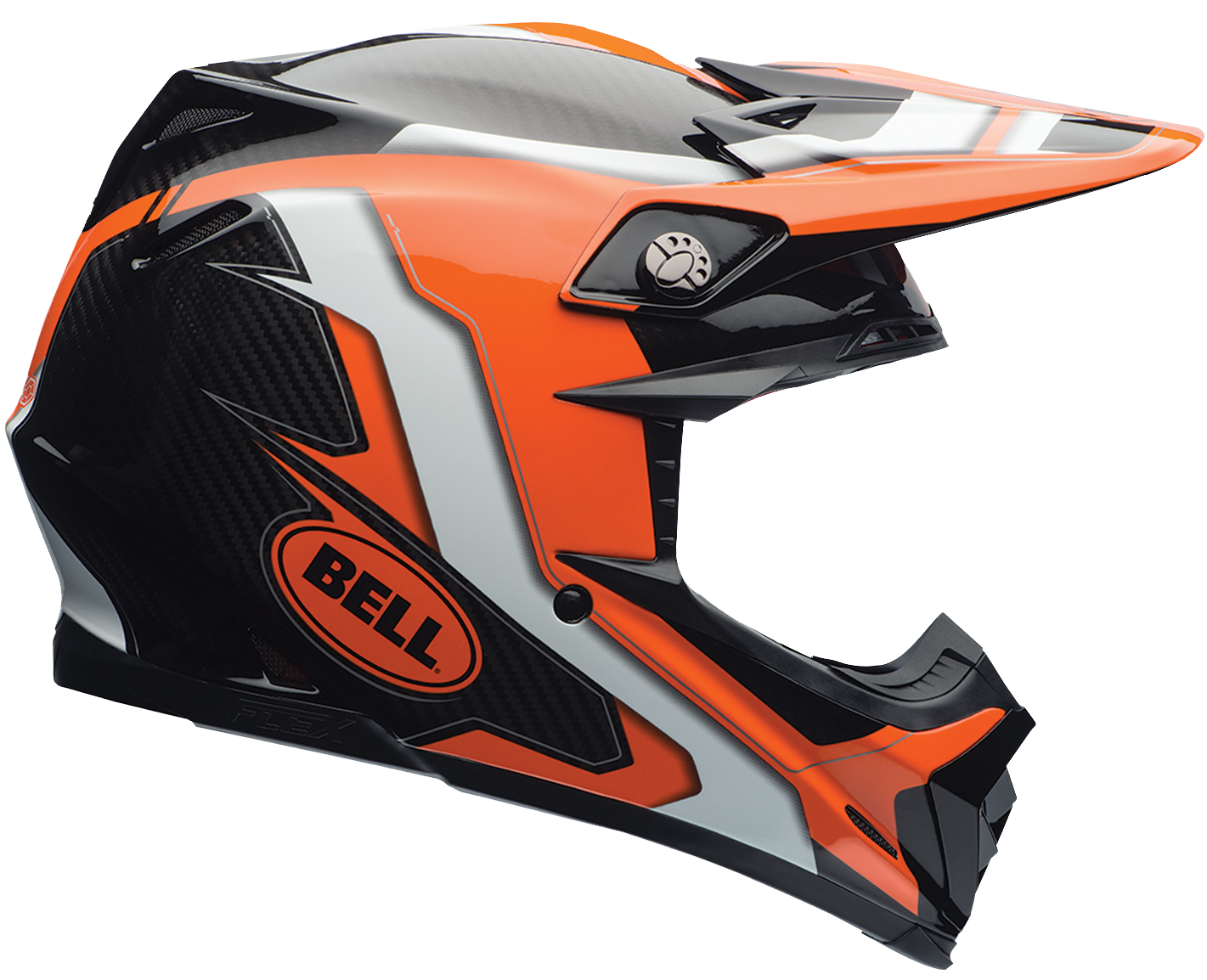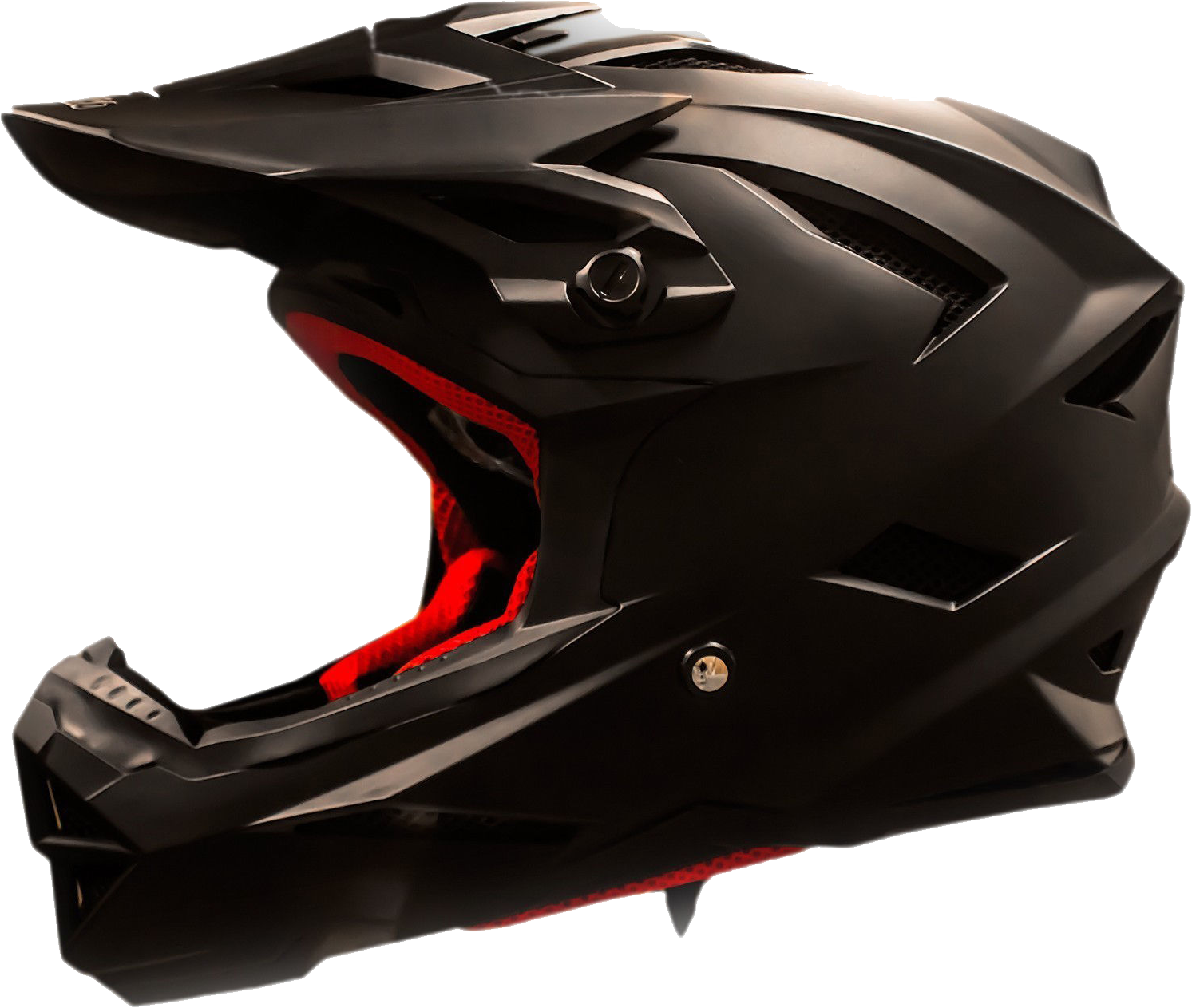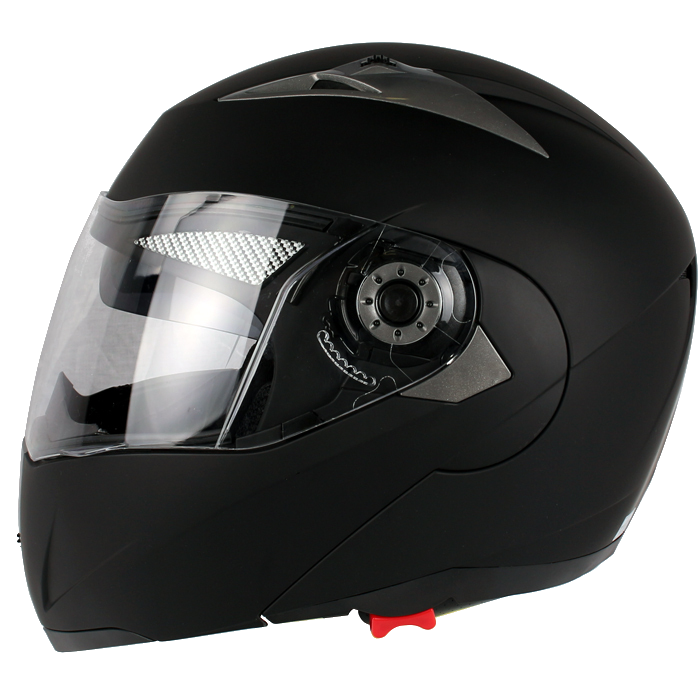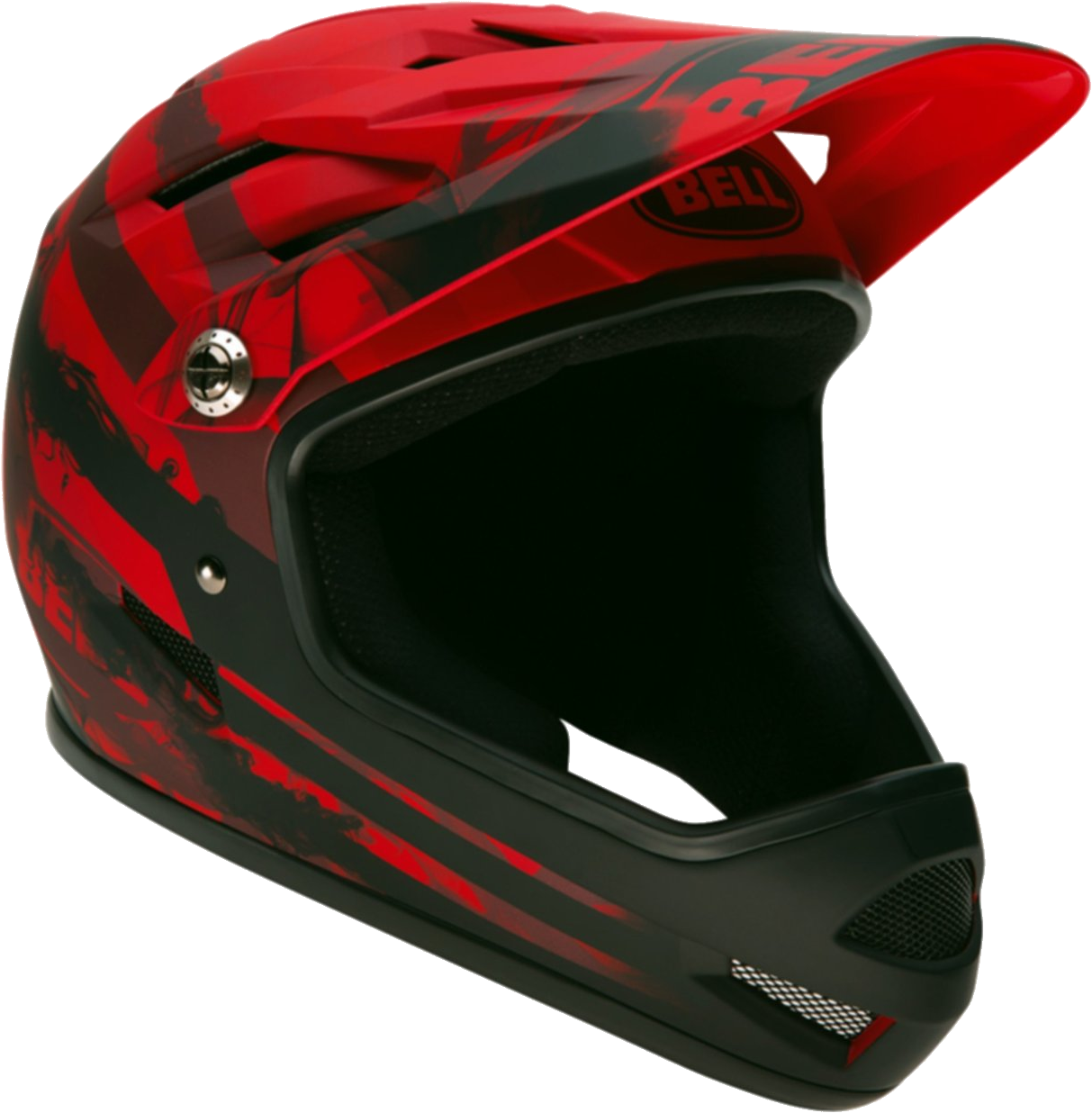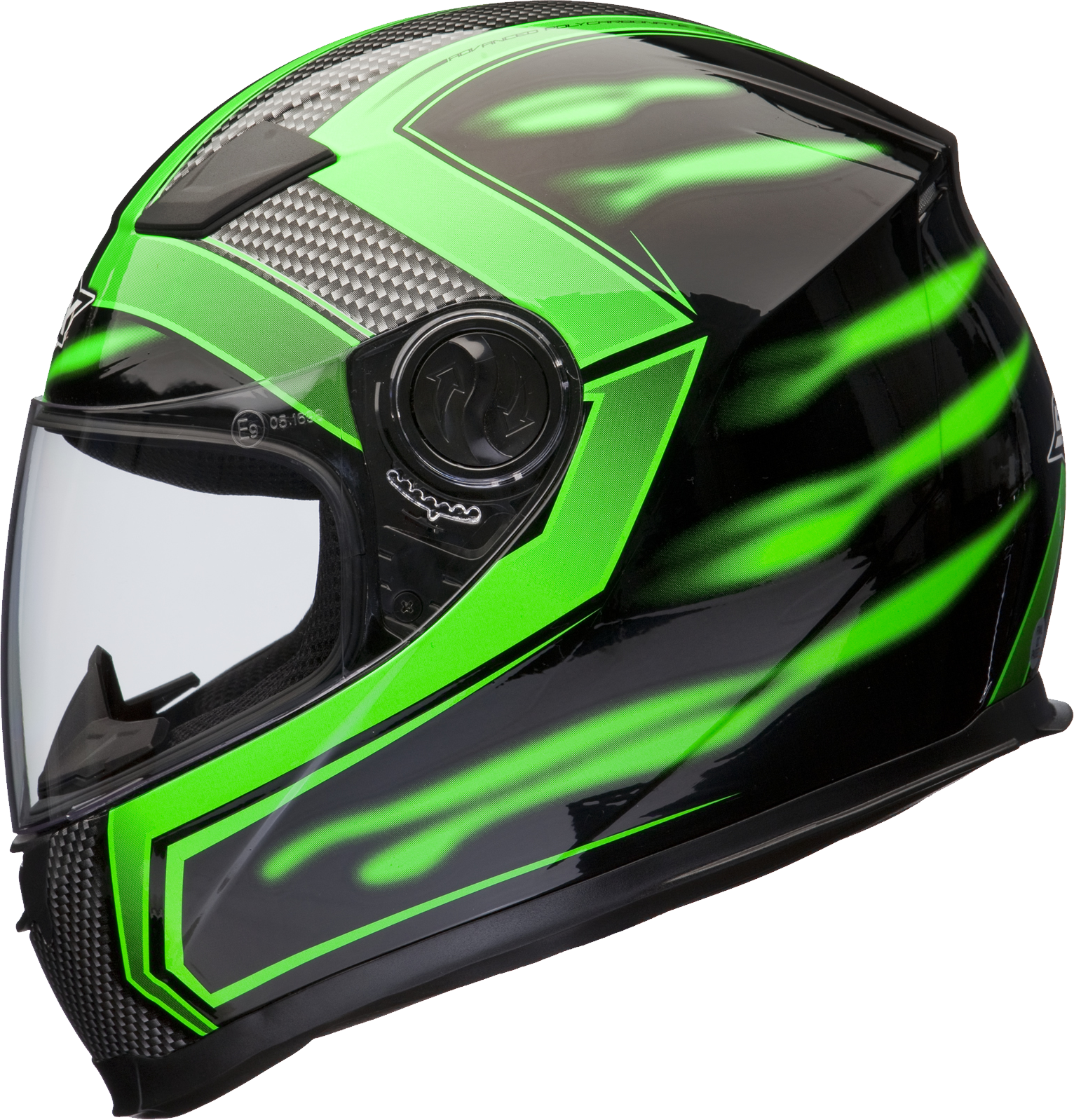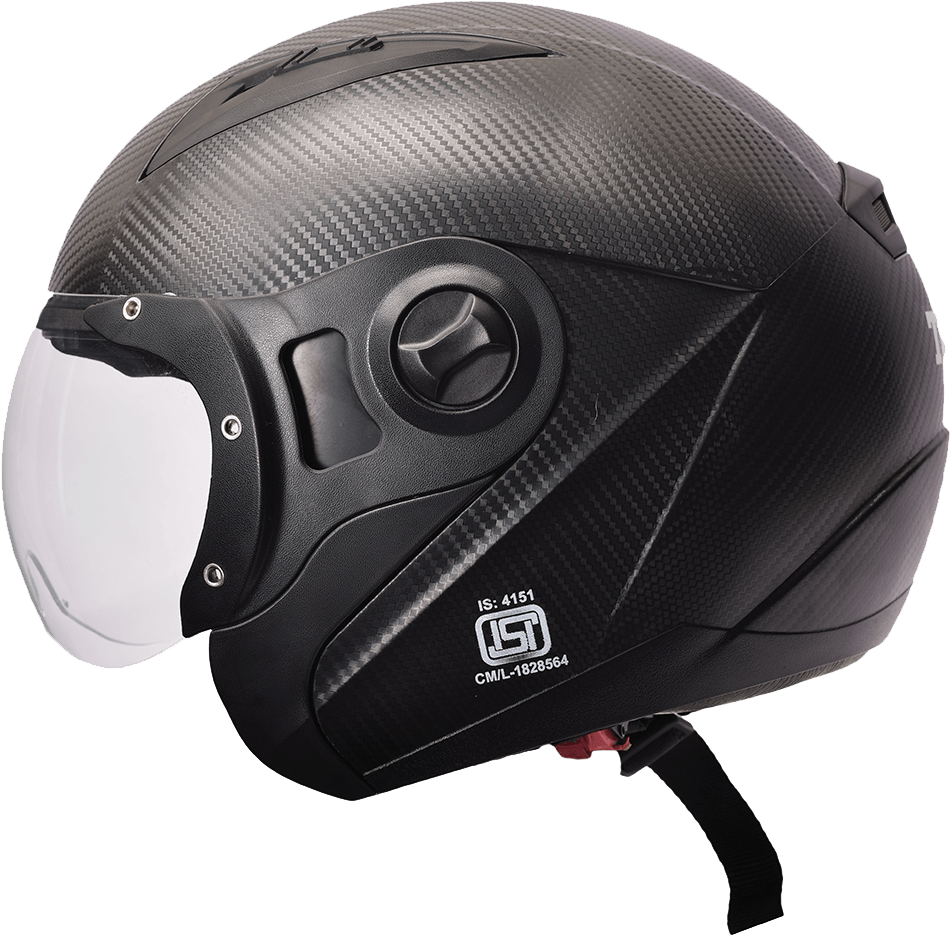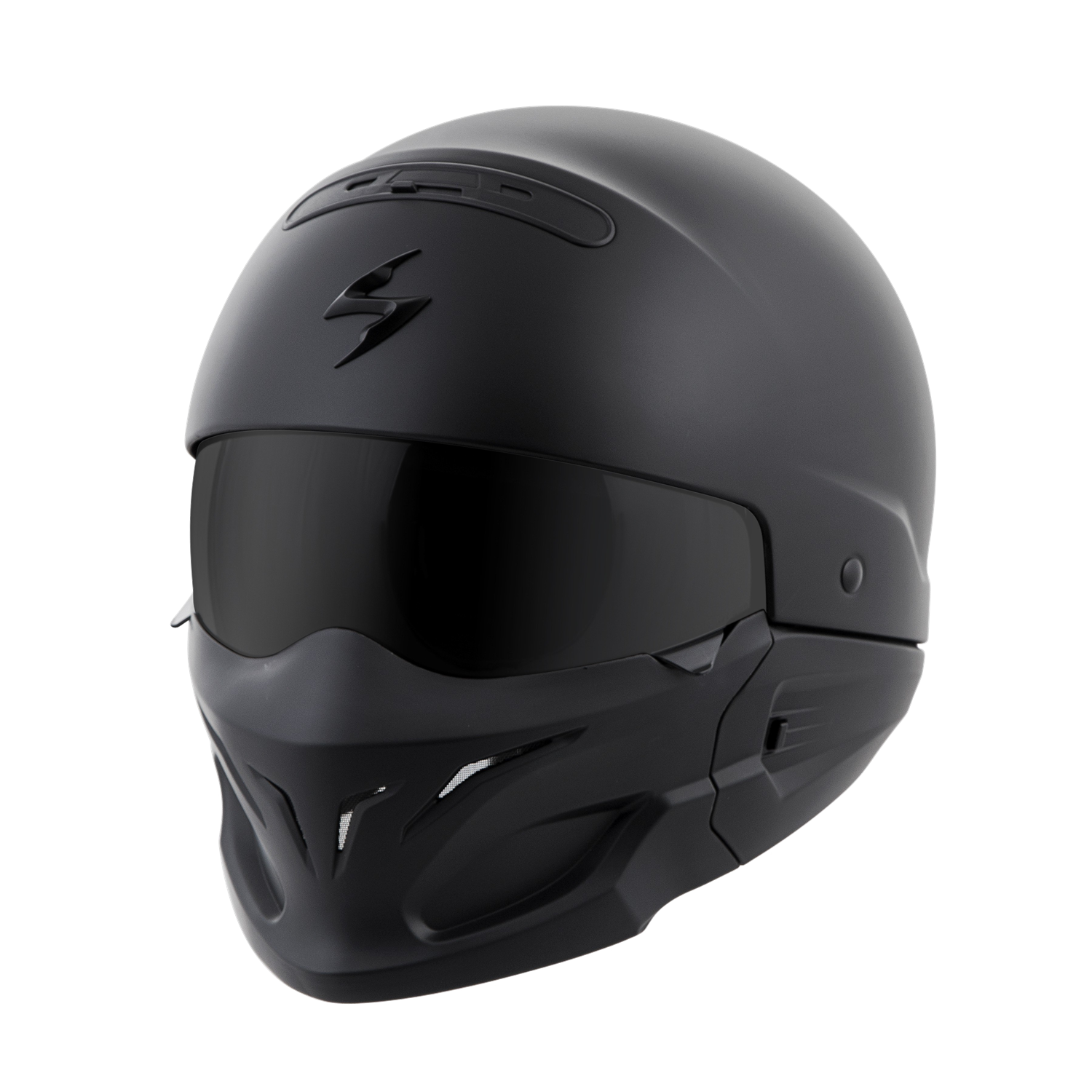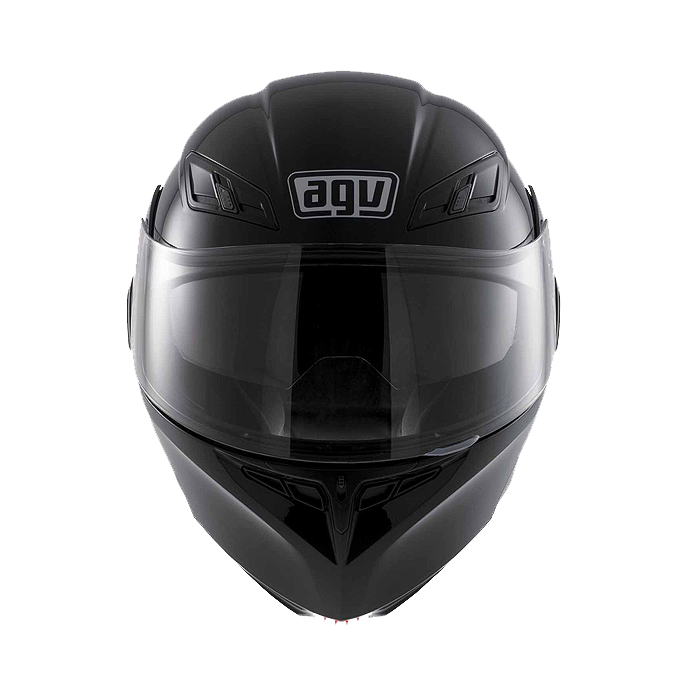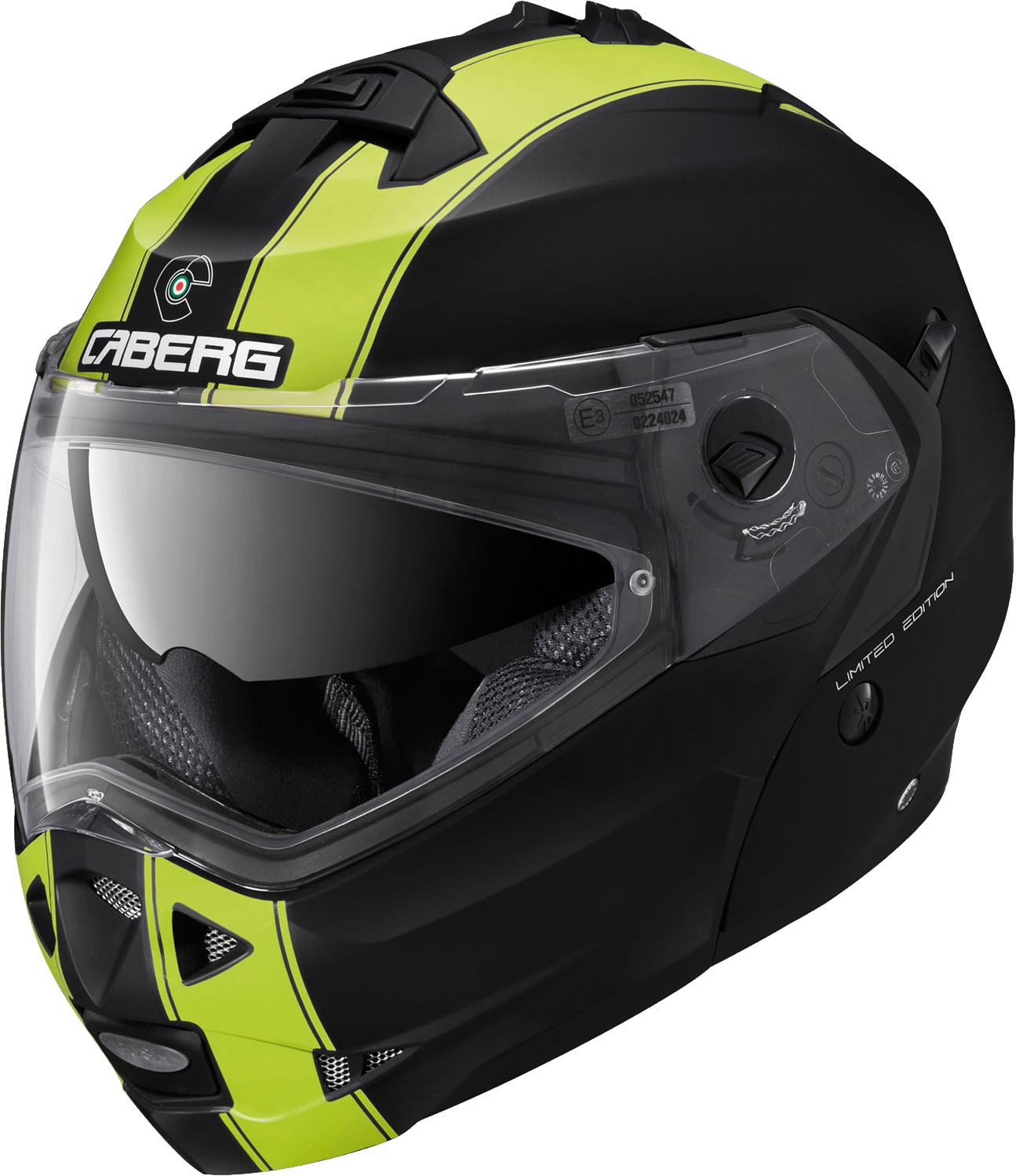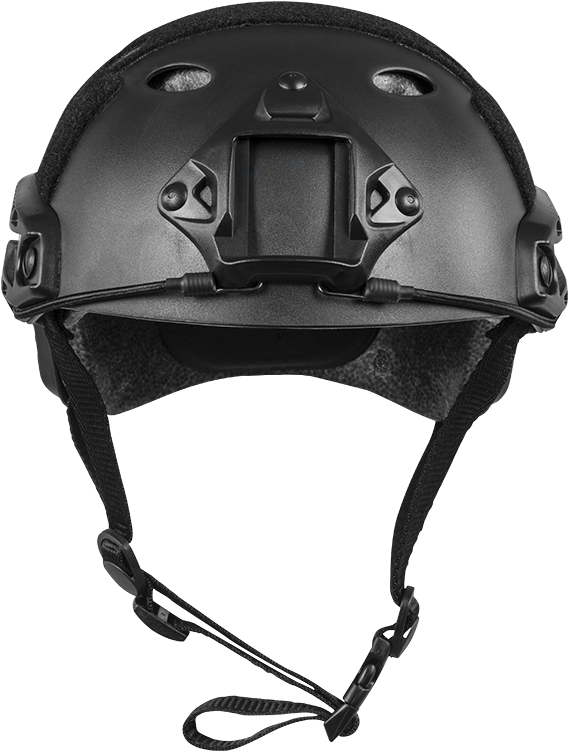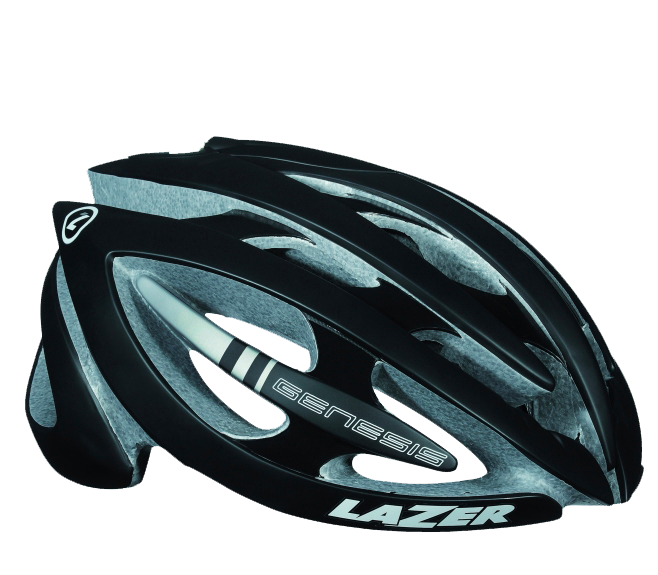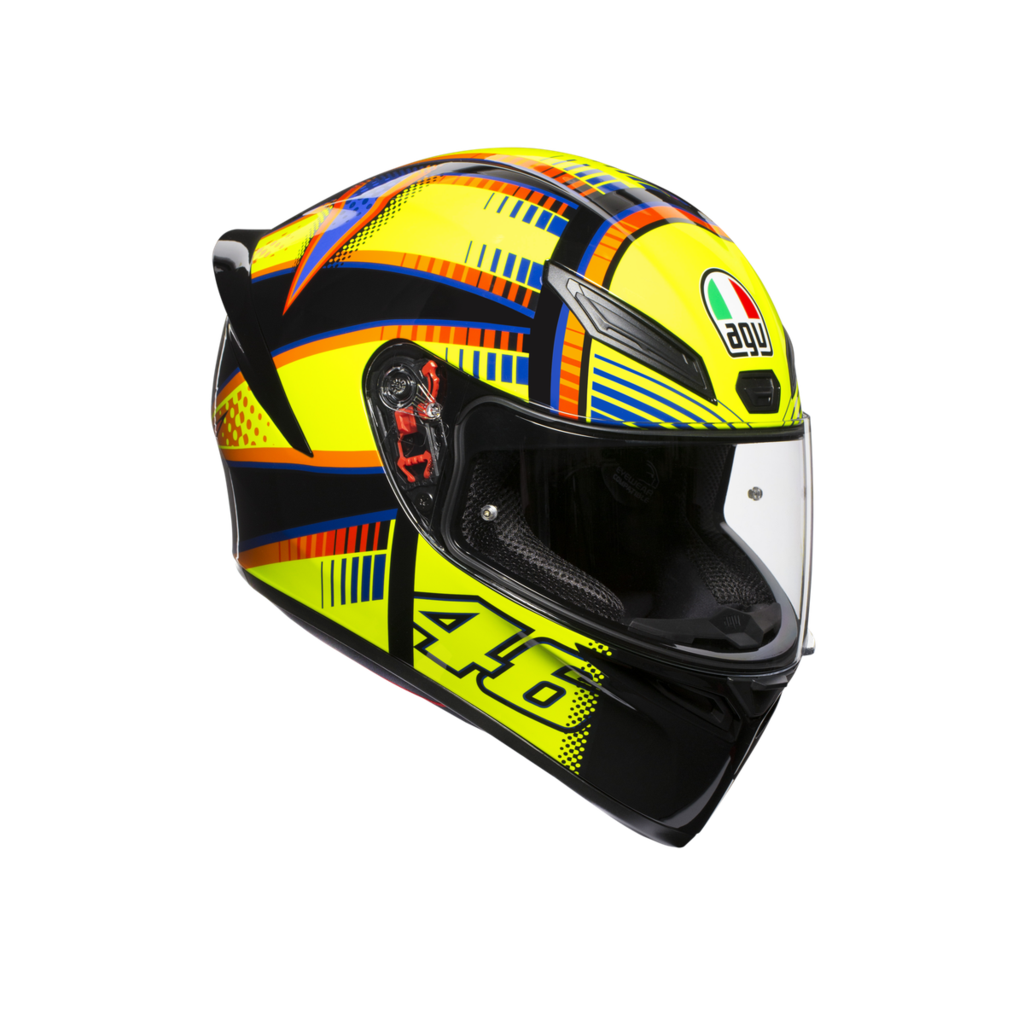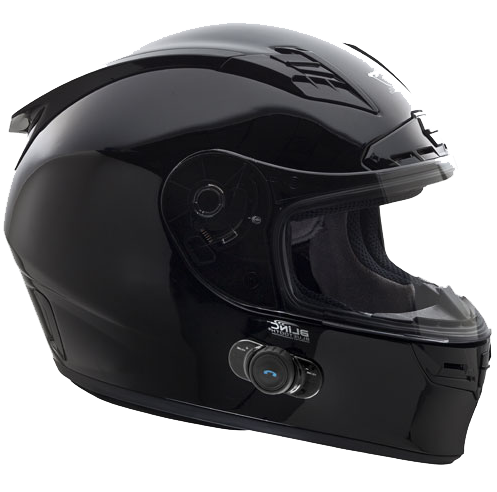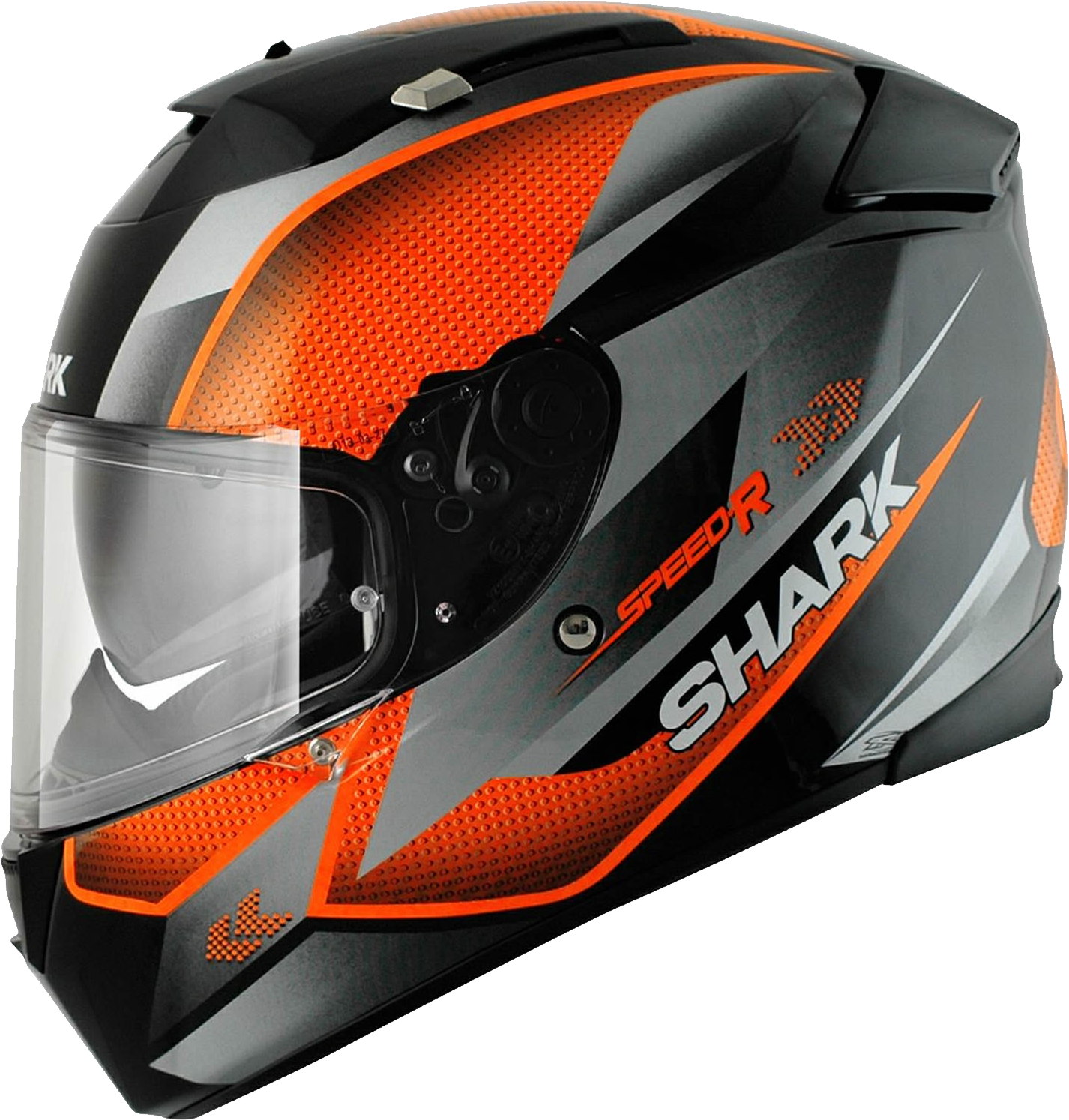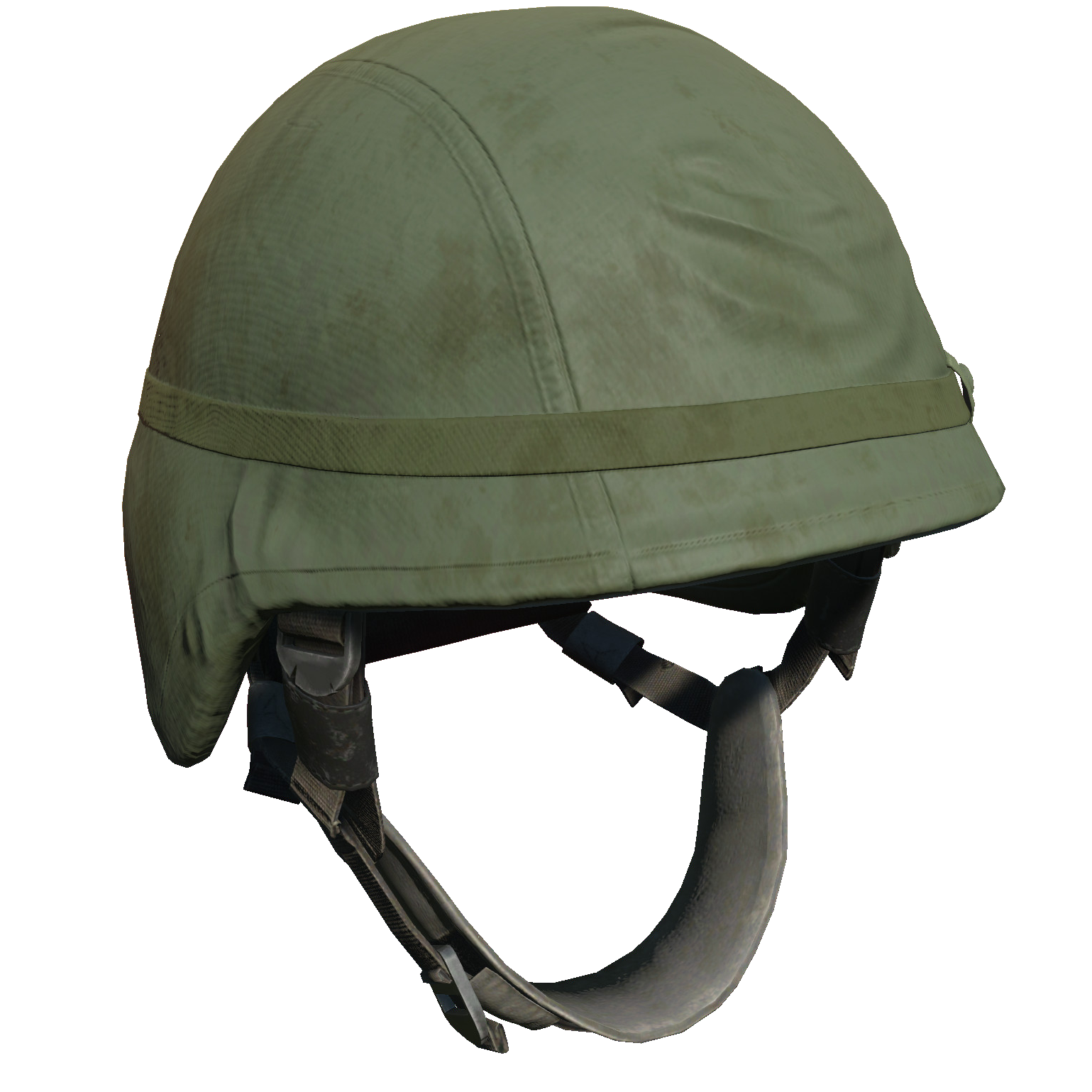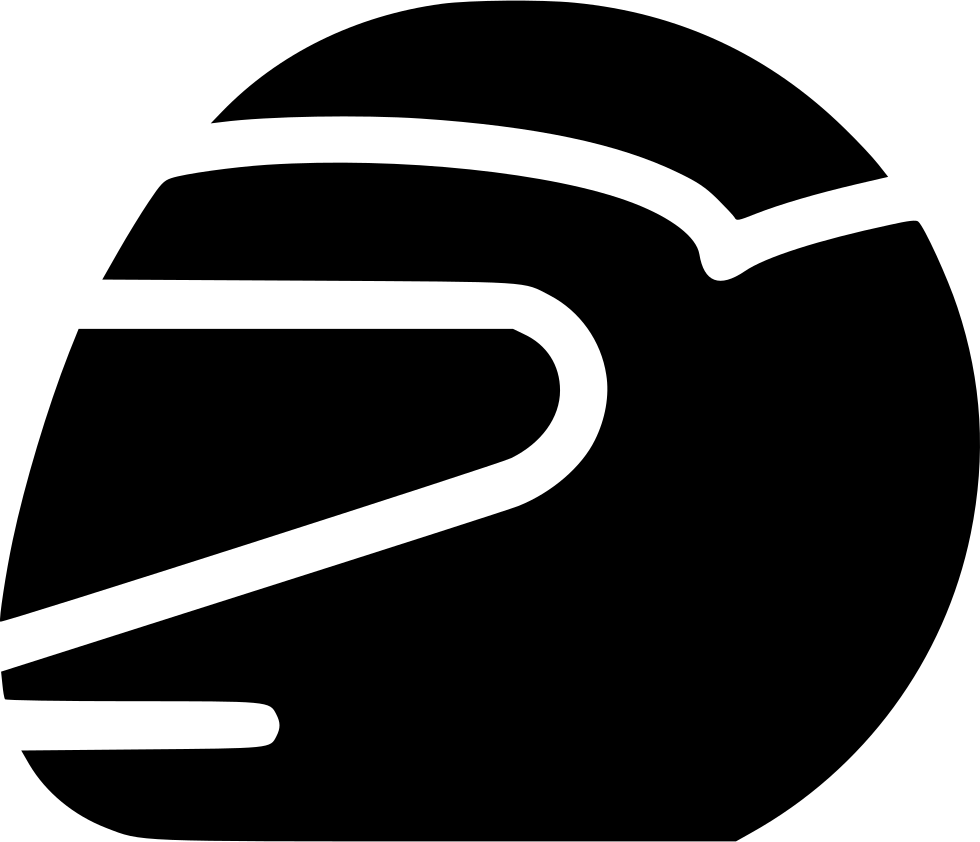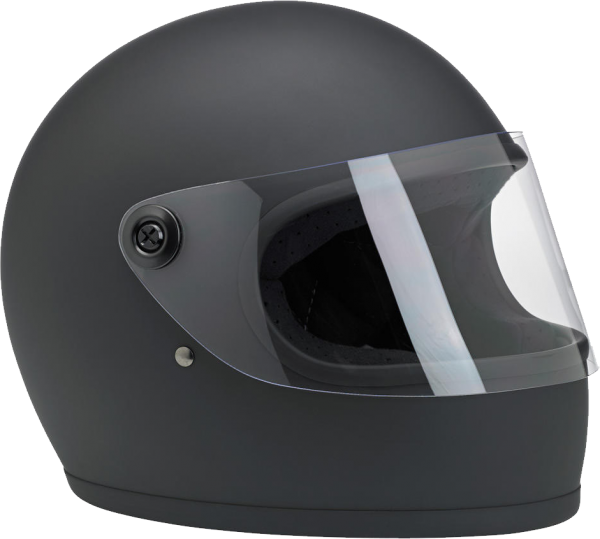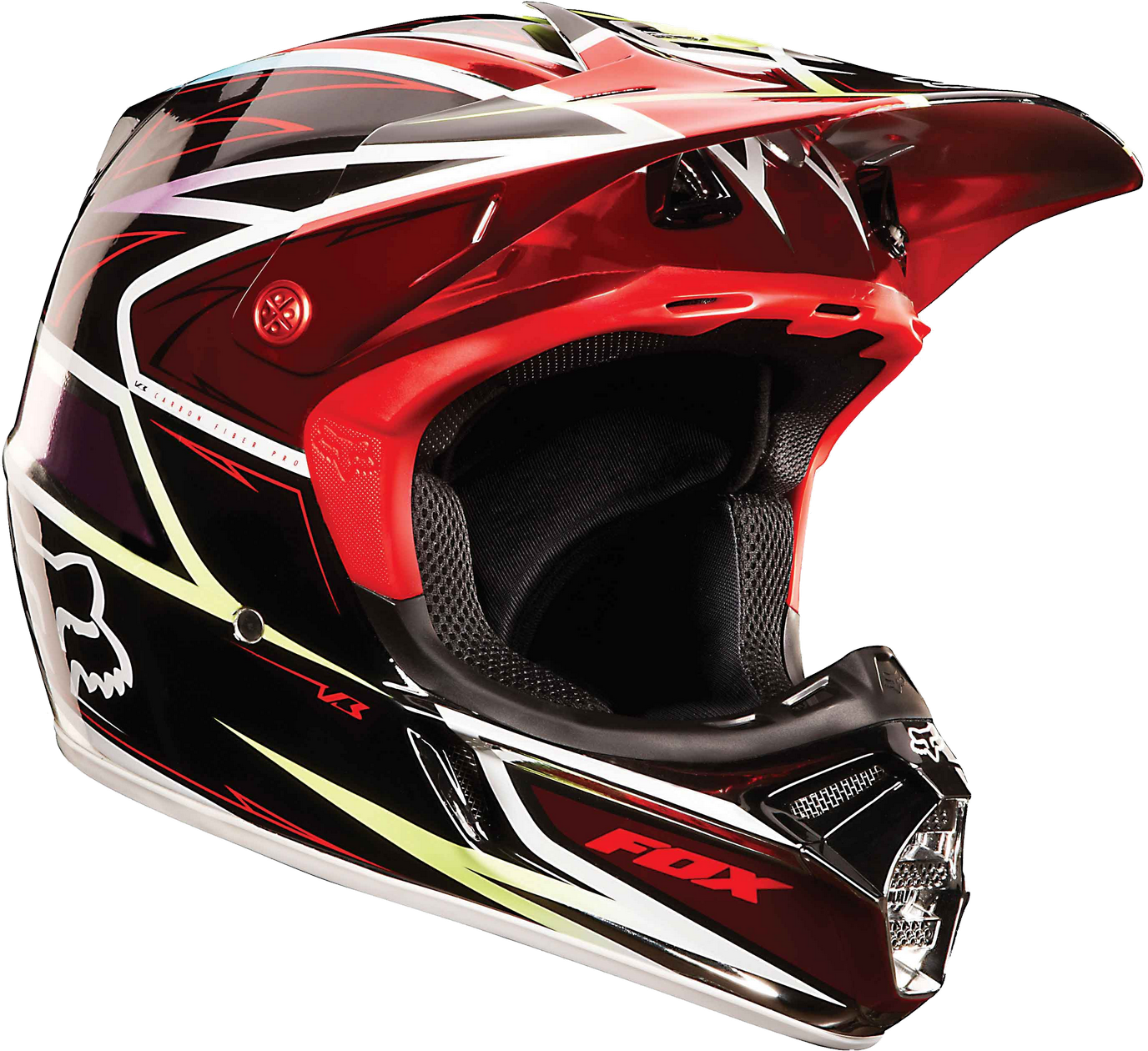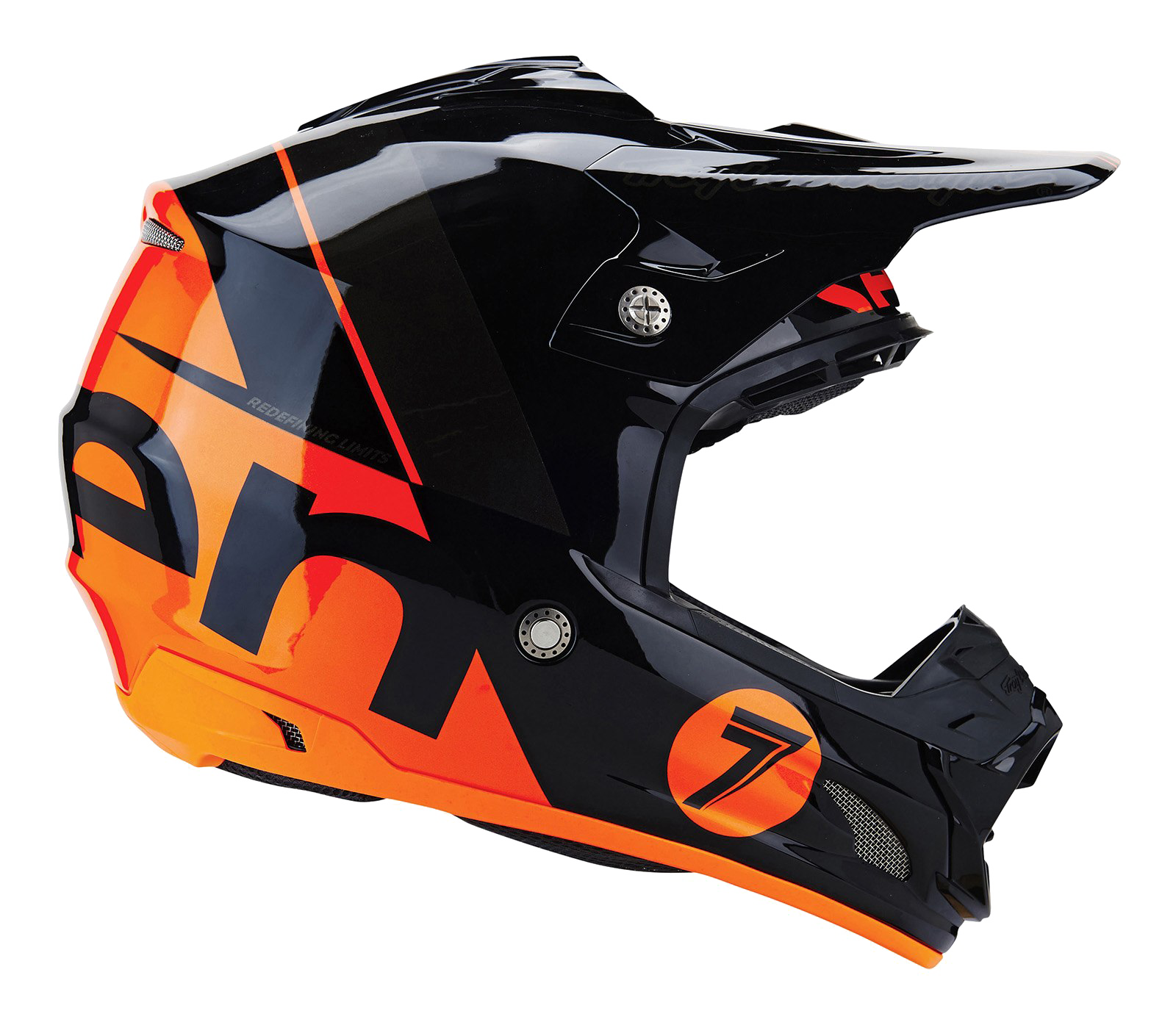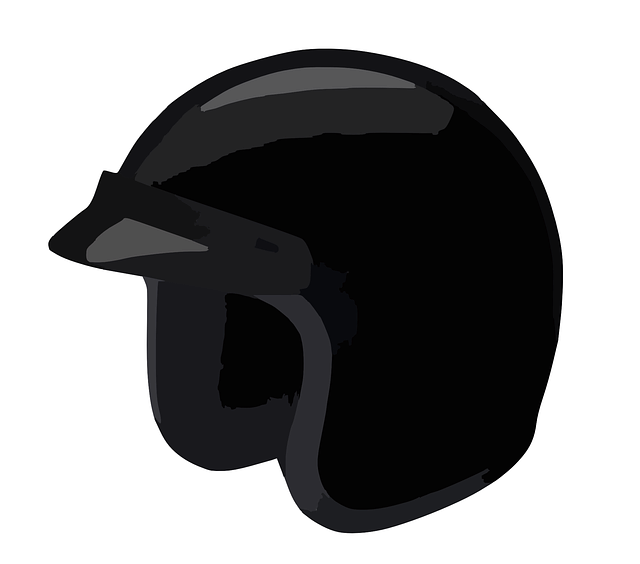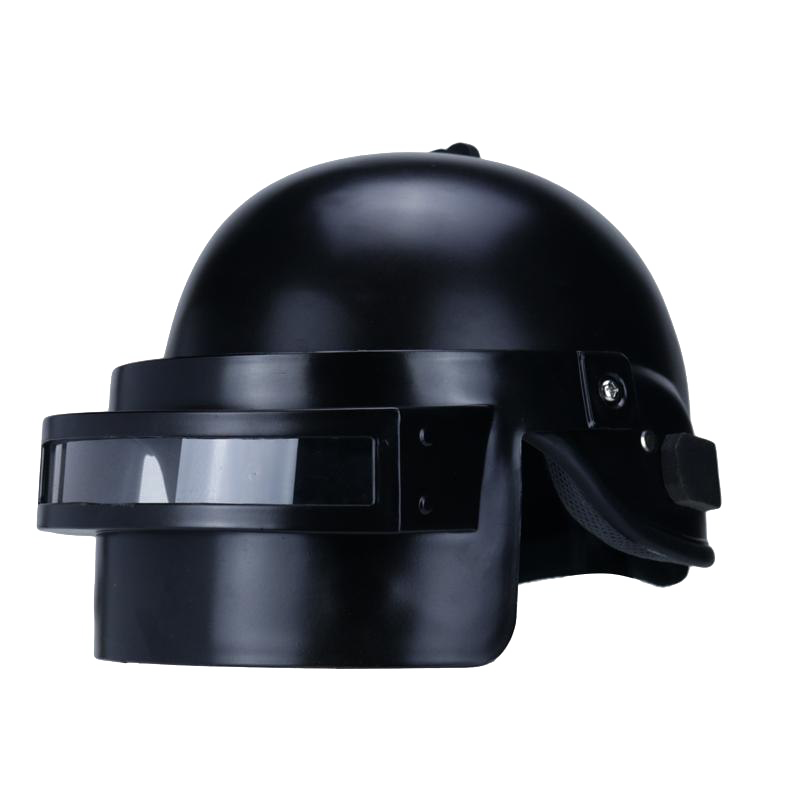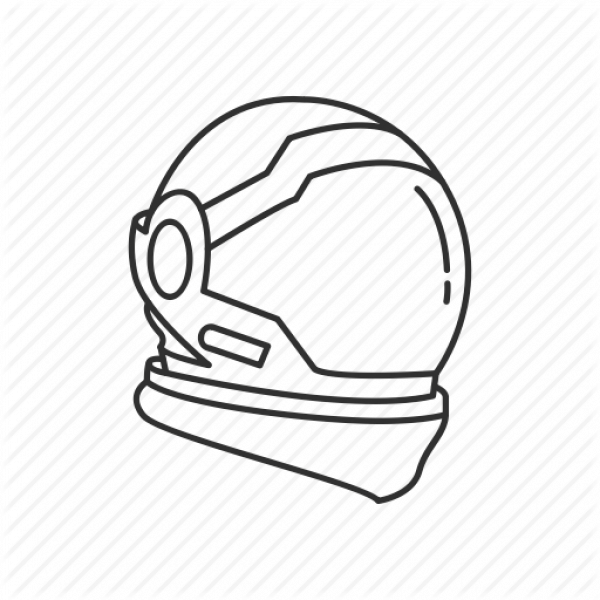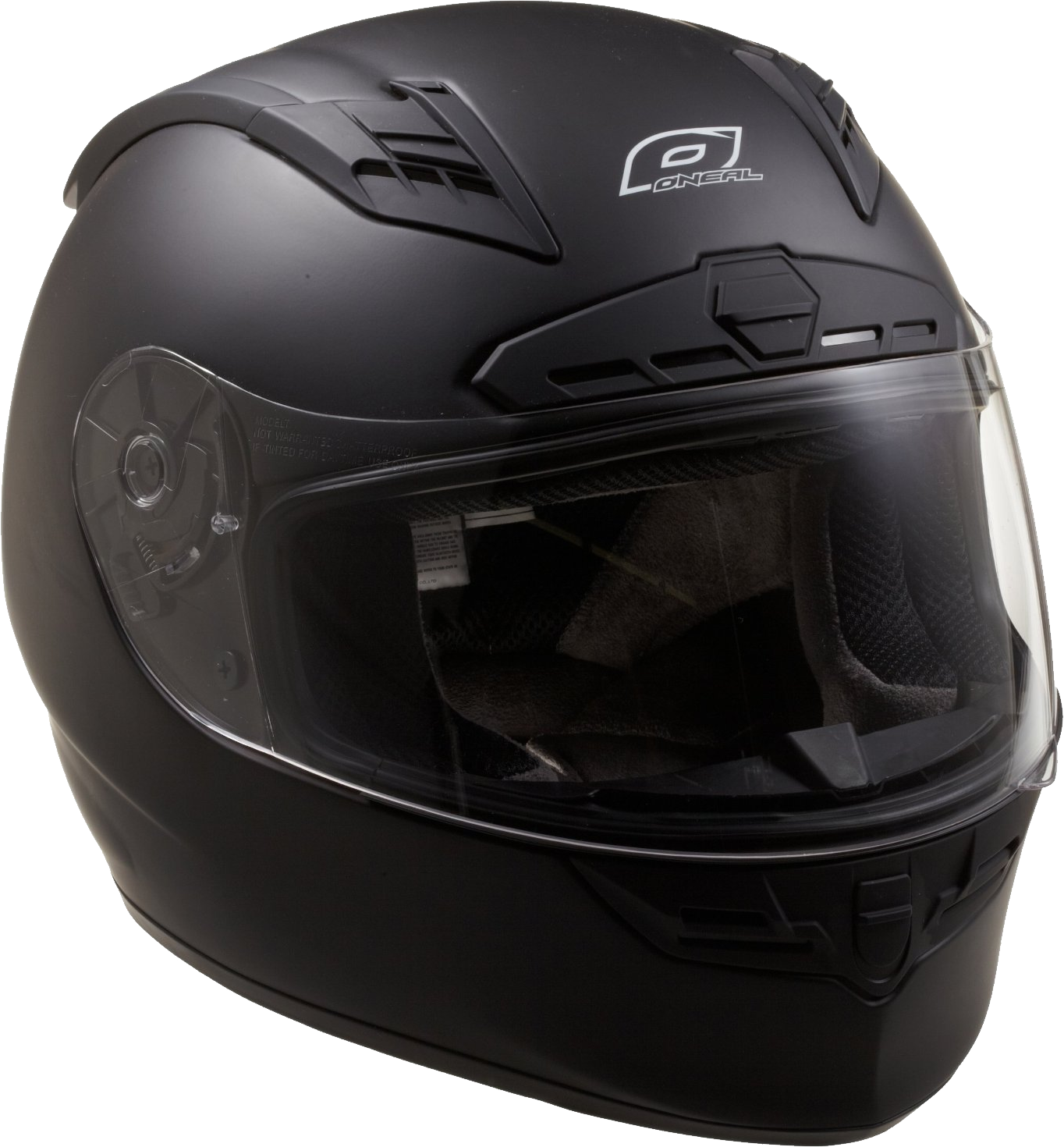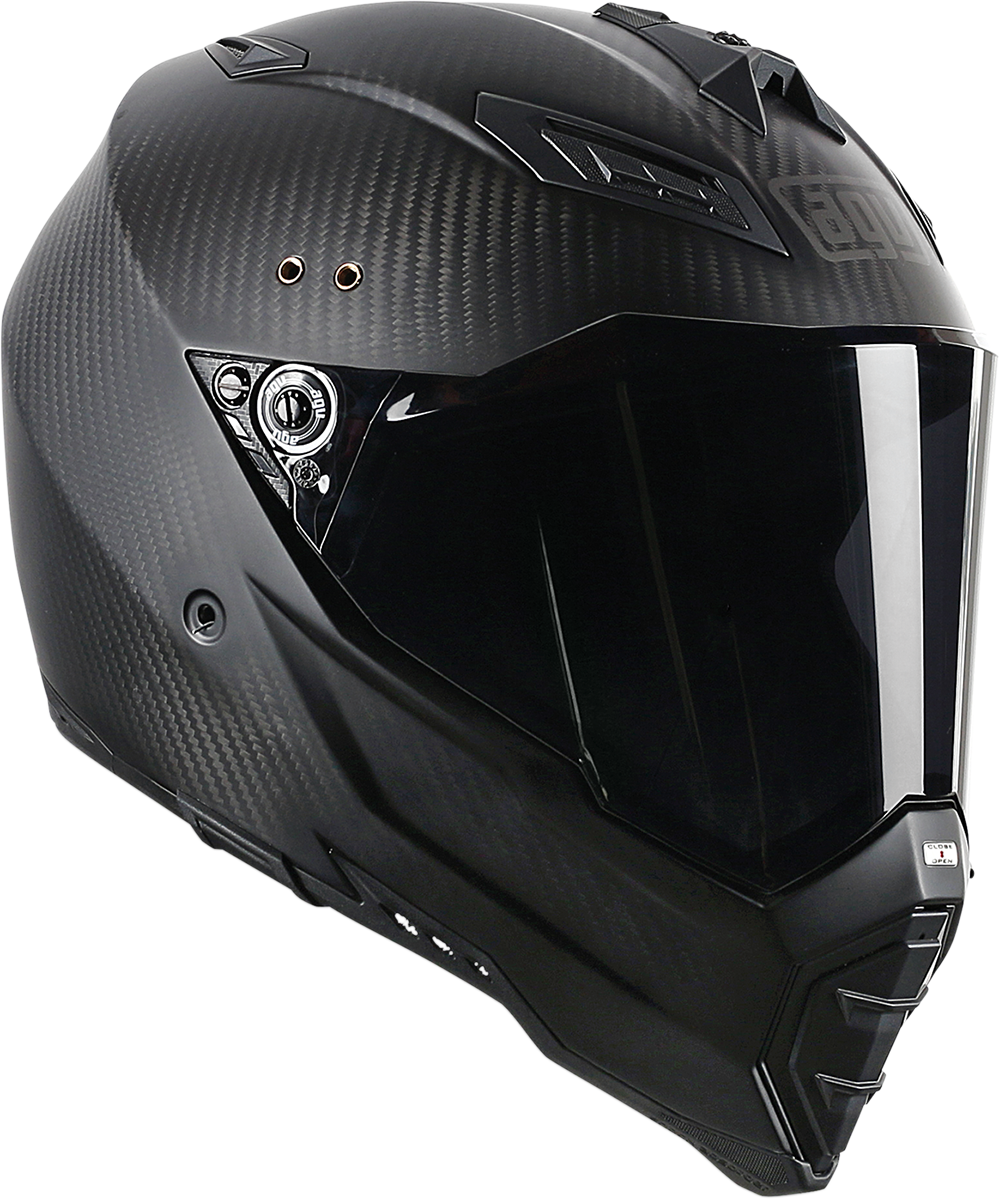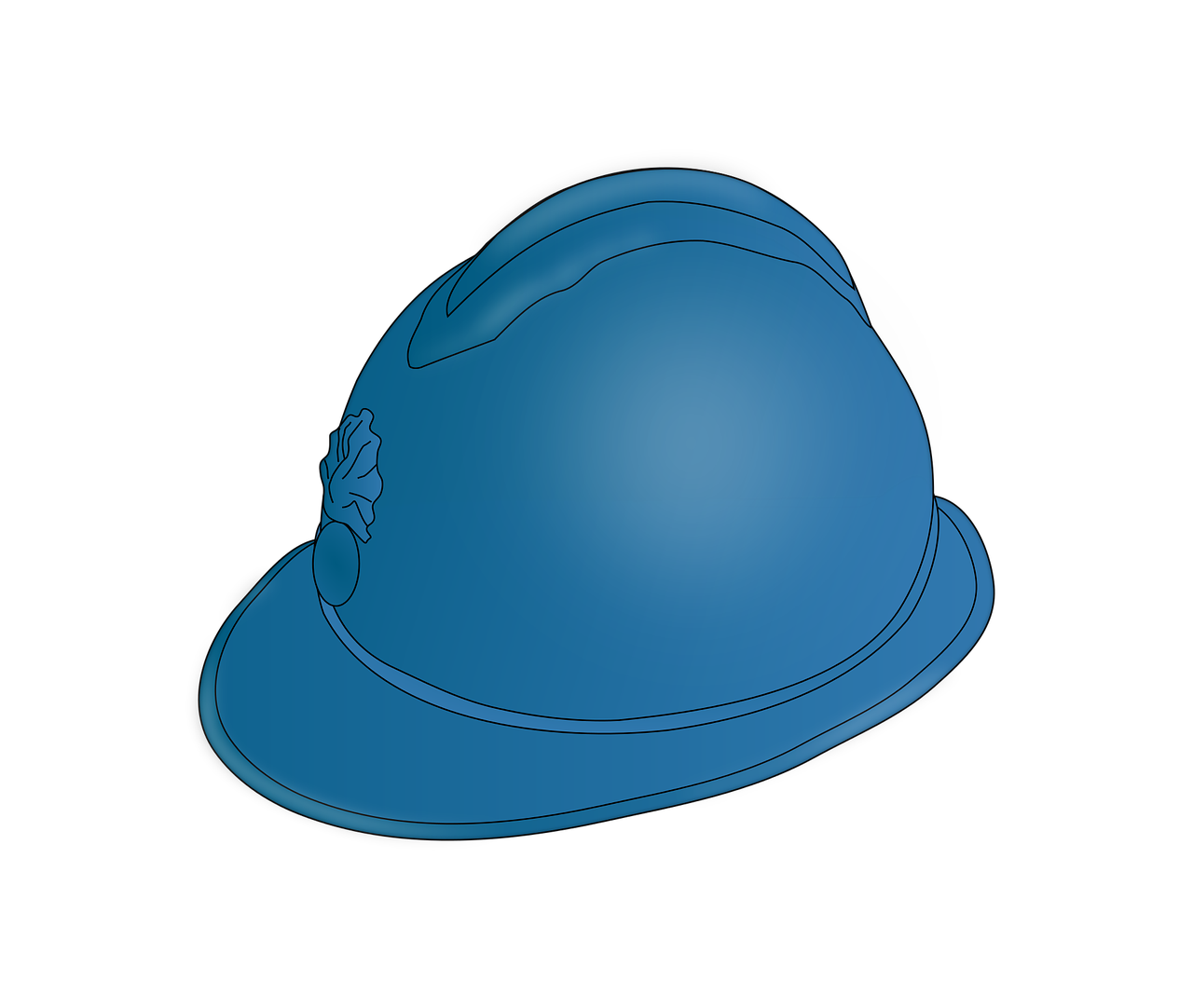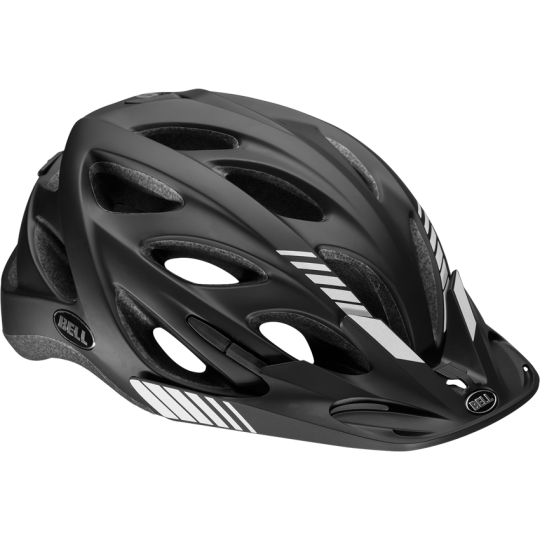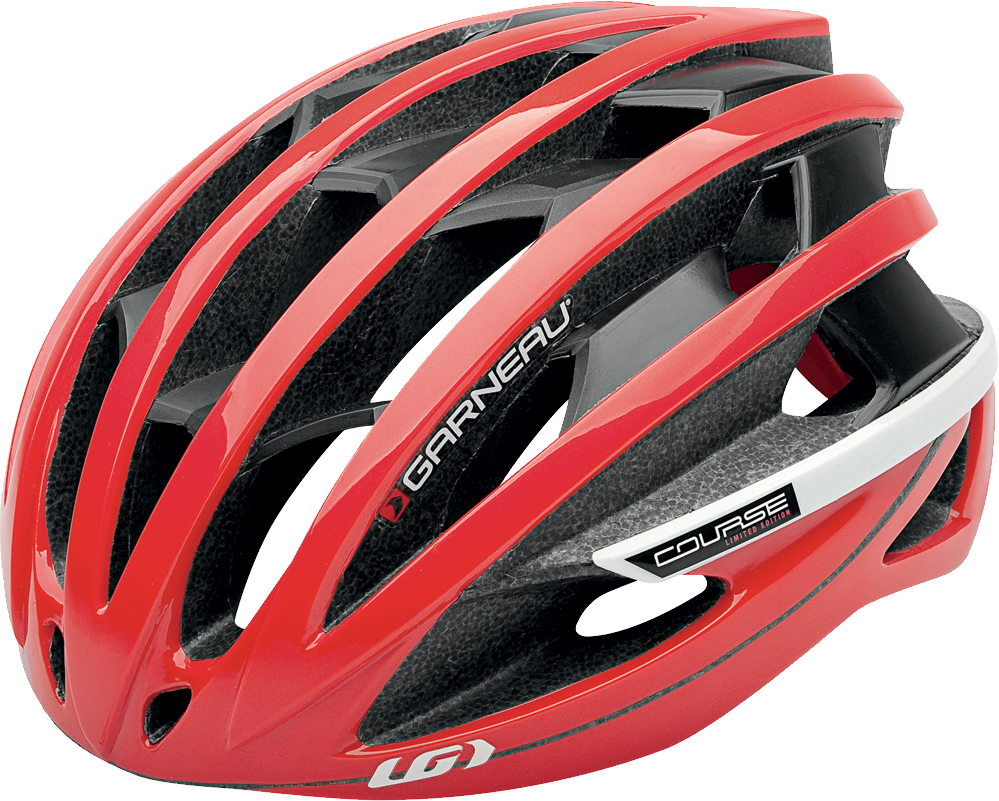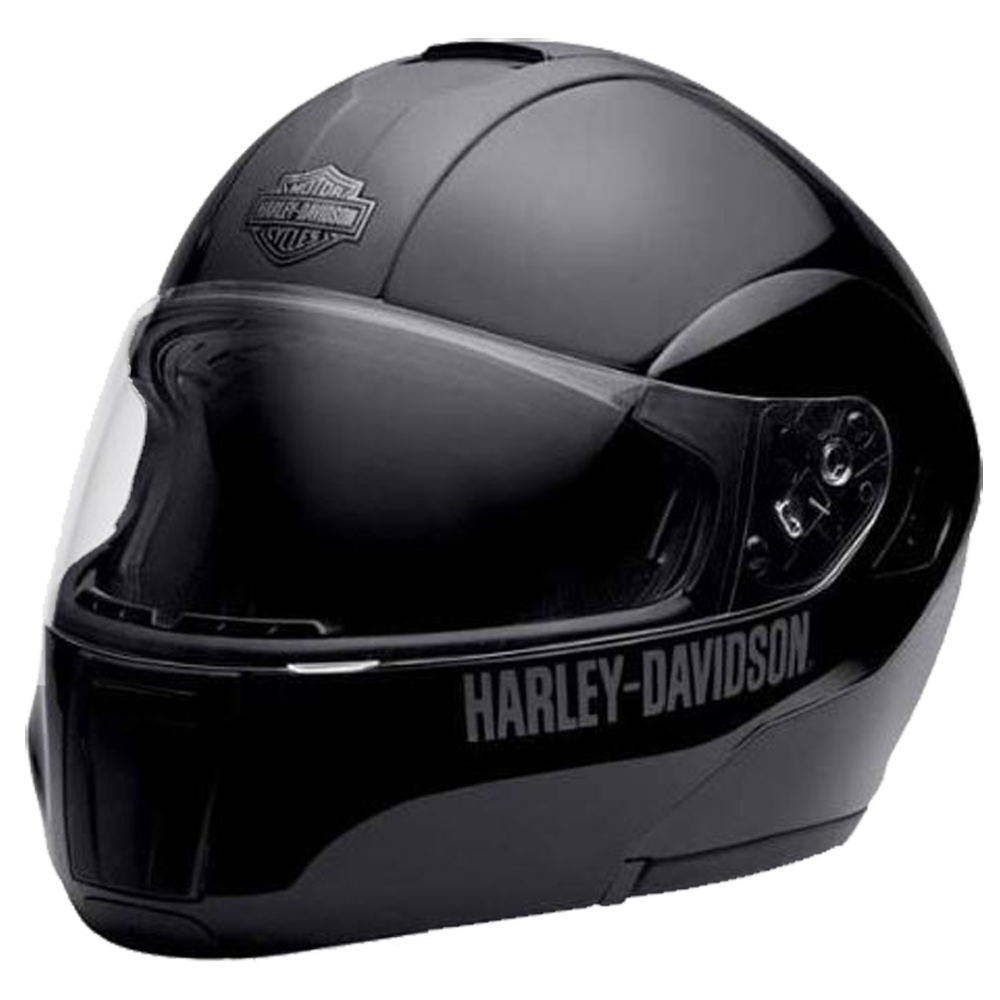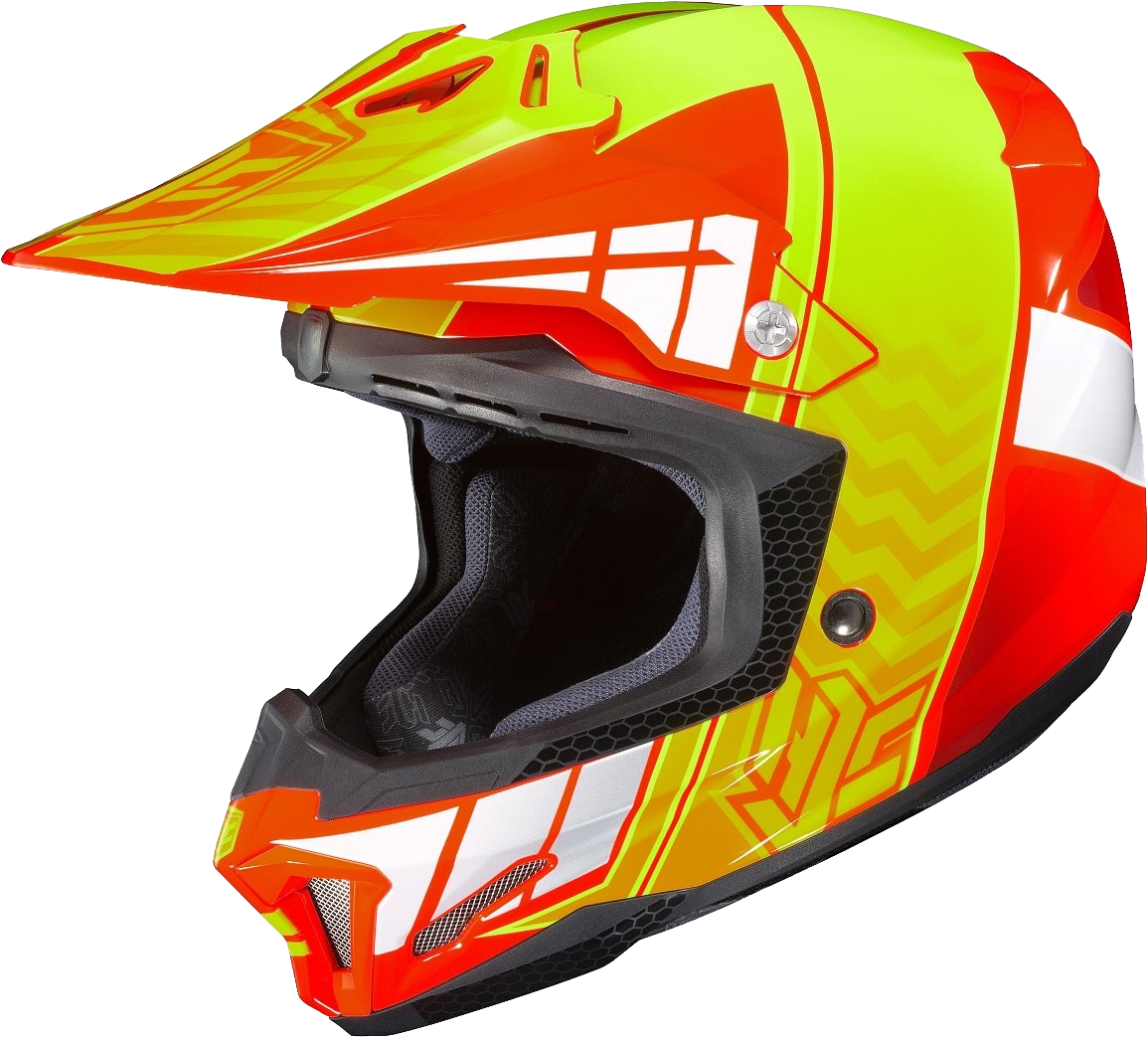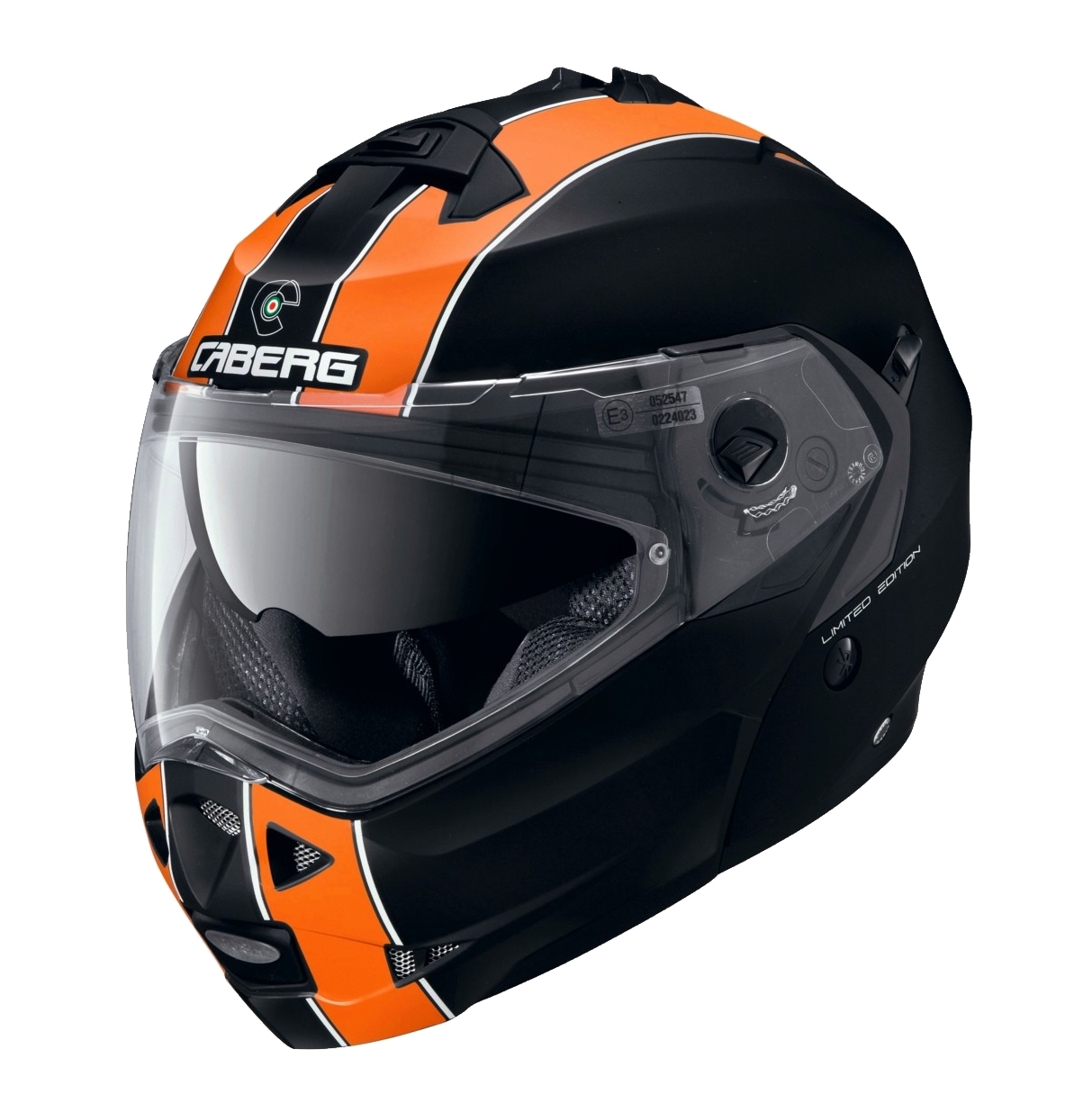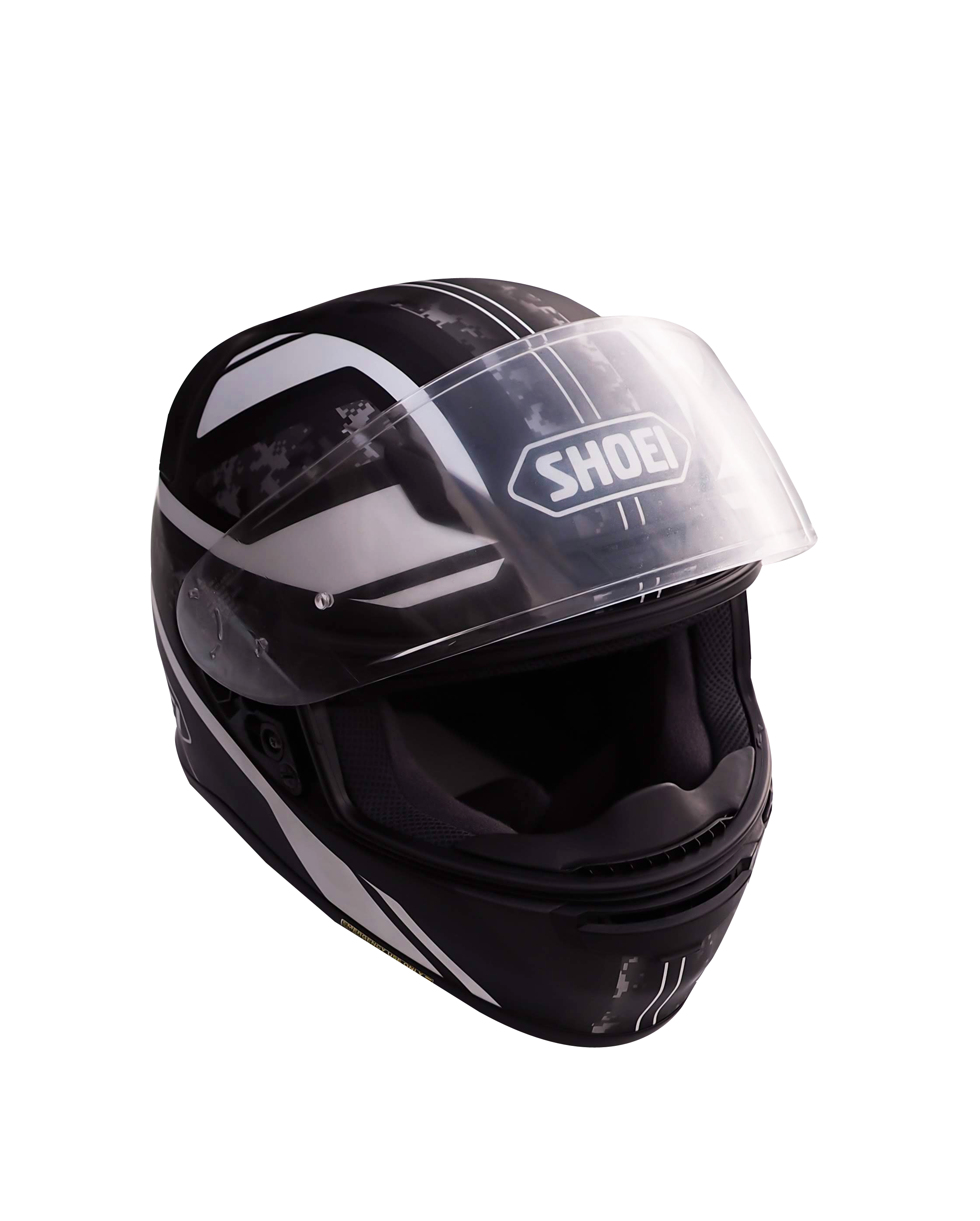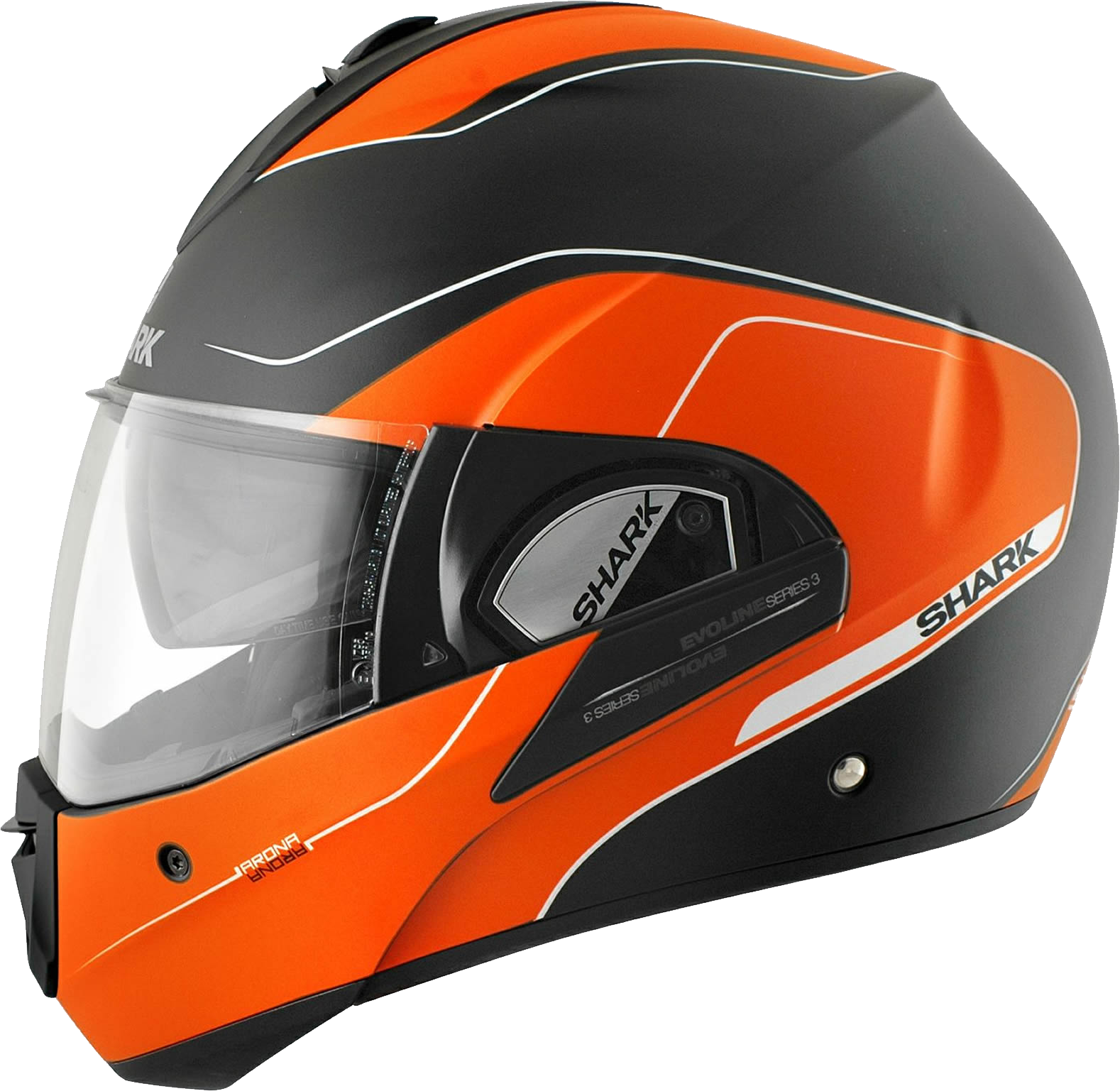Download top and best high-quality free Helmet PNG Transparent Images backgrounds available in various sizes. To view the full PNG size resolution click on any of the below image thumbnail.
License Info: Creative Commons 4.0 BY-NC
A helmet is a type of head protection that is worn on the head. A helmet, in particular, works in conjunction with the skull to protect the human brain. Ceremonial or symbolic headgear (such as a police officer’s helmet in the United Kingdom) with no protective purpose are occasionally worn. Soldiers employ Kevlar or other lightweight synthetic fibres in their battle helmets.
The word helmet comes from the Old English word helm, which refers to a protective head covering.
Jockeys use helmets in horse racing, American football, ice hockey, cricket, baseball, camogie, hurling, rock climbing, and in risky job environments such as construction, mining, riot police, and military aircraft and transportation (e.g. motorcycle helmets and bicycle helmets). Since the 1990s, most helmets have been composed of resin or plastic, which may be reinforced with aramid fibres.
During the 18th and 19th centuries, several British gamekeepers used straw hats tied together with chopped bramble. The pith helmet, invented in the mid-nineteenth century and constructed of pith or cork, was commonly worn by Europeans in the tropics.
Leather helmets were used in military applications from the 19th through the 20th centuries, notably by aviators and tank personnel in the early twentieth century. Some motorists wore this kind of headgear in the early days of the vehicle, and early football helmets were also fashioned of leather. During World War II, flight crews from the United States, the Soviet Union, Germany, Italy, and France used leather helmets. German pilots hid theirs beneath a beret until discarding both and converting to cloth hats. Metal military helmets, most notably the Brodie helmet and the Stahlhelm, revived during the First and Second World Wars.
Modern helmets have a considerably broader range of applications, including helmets tailored to the specific demands of various sports pursuits and industrial situations. These helmets frequently contain plastics and other synthetic materials for light weight and shock absorption. Aramid fibres, such as Kevlar and Twaron, are synthetic fibres used to create helmets in the twenty-first century. Race car helmets have a head and neck support system that maintains the helmet (and head) connected to the body in severe crashes.
Helmets have evolved into a variety of shapes and sizes over time. The majority of early helmets had military use, however some may have been more ceremonial than fighting.
The Corinthian helmet and the Roman galea were two prominent helmet forms that developed in antiquity.
Many distinct military and ceremonial helmets were produced during the Middle Ages, virtually all of which were made of metal. The large helm, the bascinet, the frog–mouth helm, and the armet were all major mediaeval innovations.
The prince of Wales and his steed are depicted in full armour on Owain Glyndr’s (c. 1359 ” c. 1415) great seal, and they both wear protective headgear with Owain’s gold dragon placed on top. Because this would have been impracticable in war, these would have been purely ceremonial.
More materials, such as leather, felt, and pith, were added in the 19th century. Important 19th-century innovations included the pith helmet and the leather pickelhaube. The creation of highly specialised helmets for a range of sports and professional uses and the introduction of contemporary polymers led to the largest increase in the variety of shapes and composition of helmets in the twentieth century. The French army created the Adrian helmet during World War I, the Brodie helmet by the British, and the Stahlhelm by the Germans.
The extended visor and chin bar of a motocross helmet.
Throughout the twentieth century, flight helmets were also created. In the twentieth century, various sporting helmets were produced, including football helmets, batting helmets, cricket helmets, cycling helmets, motorcycle helmets, and racing helmets.
Helmets have typically used lightweight plastics and other synthetic materials since the mid-20th century, and their use has become highly specialised. The French SPECTRA helmet, the Spanish MARTE helmet, or the American PASGT (often referred to as “Kevlar” by US forces), and the Advanced Combat Helmet, or ACH, are all recent innovations.
Download Helmet PNG images transparent gallery.
- Helmet PNG Images HD
Resolution: 1421 × 1154
Size: 1324 KB
Image Format: .png
Download
- Helmet PNG Free Image
Resolution: 1493 × 1263
Size: 928 KB
Image Format: .png
Download
- Black Helmet Transparent
Resolution: 700 × 700
Size: 464 KB
Image Format: .png
Download
- Helmet PNG Image File
Resolution: 1213 × 1236
Size: 870 KB
Image Format: .png
Download
- Helmet Background PNG
Resolution: 1532 × 1598
Size: 3348 KB
Image Format: .png
Download
- Black Helmet PNG Clipart
Resolution: 950 × 935
Size: 576 KB
Image Format: .png
Download
- Black Helmet PNG Picture
Resolution: 1500 × 1500
Size: 1324 KB
Image Format: .png
Download
- Black Helmet PNG HD Image
Resolution: 700 × 700
Size: 297 KB
Image Format: .png
Download
- Helmet PNG Background
Resolution: 1295 × 1499
Size: 966 KB
Image Format: .png
Download
- Black Helmet PNG Image HD
Resolution: 568 × 751
Size: 246 KB
Image Format: .png
Download
- Helmet PNG
Resolution: 658 × 575
Size: 394 KB
Image Format: .png
Download
- Helmet PNG Pic
Resolution: 1024 × 1024
Size: 668 KB
Image Format: .png
Download
- Black Helmet No Background
Resolution: 497 × 492
Size: 136 KB
Image Format: .png
Download
- Helmet PNG File
Resolution: 1426 × 1494
Size: 1761 KB
Image Format: .png
Download
- Helmet PNG Image
Resolution: 1539 × 1539
Size: 1024 KB
Image Format: .png
Download
- Black Helmet PNG
Resolution: 980 × 842
Size: 22 KB
Image Format: .png
Download
- Black Helmet PNG Pic
Resolution: 600 × 539
Size: 219 KB
Image Format: .png
Download
- Helmet PNG Photo
Resolution: 1376 × 1260
Size: 1758 KB
Image Format: .png
Download
- Helmet PNG Cutout
Resolution: 1600 × 1395
Size: 1409 KB
Image Format: .png
Download
- Helmet PNG Images
Resolution: 474 × 474
Size: 28 KB
Image Format: .png
Download
- Black Helmet PNG File
Resolution: 640 × 564
Size: 38 KB
Image Format: .png
Download
- Black Helmet PNG Image
Resolution: 800 × 800
Size: 175 KB
Image Format: .png
Download
- Helmet PNG Photos
Resolution: 600 × 600
Size: 245 KB
Image Format: .png
Download
- Black Helmet PNG Photo
Resolution: 1364 × 1470
Size: 1173 KB
Image Format: .png
Download
- Black Helmet PNG Cutout
Resolution: 999 × 1200
Size: 1609 KB
Image Format: .png
Download
- Helmet Transparent
Resolution: 1280 × 1082
Size: 244 KB
Image Format: .png
Download
- Helmet PNG Clipart
Resolution: 600 × 701
Size: 292 KB
Image Format: .png
Download
- Helmet PNG HD Image
Resolution: 715 × 715
Size: 214 KB
Image Format: .png
Download
- Black Helmet
Resolution: 540 × 540
Size: 190 KB
Image Format: .png
Download
- Helmet
Resolution: 999 × 801
Size: 1218 KB
Image Format: .png
Download
- Black Helmet PNG Images
Resolution: 1000 × 1000
Size: 400 KB
Image Format: .png
Download
- Helmet PNG Picture
Resolution: 1155 × 1043
Size: 1154 KB
Image Format: .png
Download
- Helmet PNG Image HD
Resolution: 1213 × 1236
Size: 807 KB
Image Format: .png
Download
- Black Helmet PNG Photos
Resolution: 2244 × 2796
Size: 1302 KB
Image Format: .png
Download
- Helmet No Background
Resolution: 1578 × 1537
Size: 1545 KB
Image Format: .png
Download
